The Earthquake’s Epicenter and Immediate Aftermath
The earthquake’s epicenter was located 30 kilometers northwest of Ardestan, a region known for its historical and cultural significance. The quake’s depth of 10 kilometers suggests a shallow focus, which typically results in more intense shaking at the surface. This explains the widespread damage to buildings and infrastructure in the affected areas.
Initial reports from local media and social media platforms show images of collapsed buildings, cracked roads, and panicked residents. The Natanz area, in particular, has been a focal point of concern due to its nuclear facilities. While there is no confirmed damage to the nuclear site, the potential risks have drawn attention from both national and international observers.
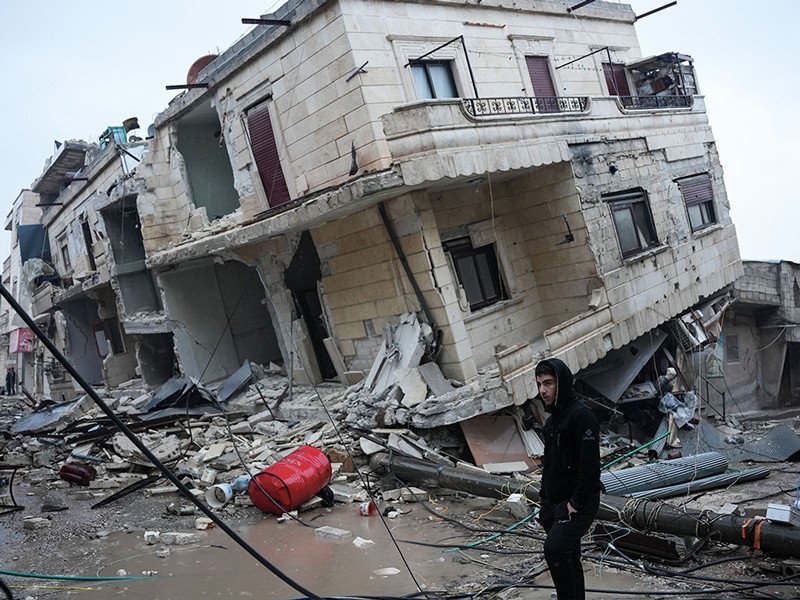
Nuclear Safety Concerns
The Natanz nuclear facility is one of Iran’s most important sites for uranium enrichment, a critical component of the country’s nuclear program. The facility has been a subject of international scrutiny and sanctions, making its safety a matter of global interest.
Experts have raised concerns about the structural integrity of the facility and its ability to withstand seismic activity. While nuclear facilities are typically designed to endure earthquakes, the proximity of this quake’s epicenter to Natanz has heightened anxieties. Any damage to the facility could have far-reaching implications, including environmental risks and geopolitical tensions.
Humanitarian Impact
The earthquake has undoubtedly caused significant disruption to the lives of residents in the affected areas. Many families have been displaced, and the destruction of homes and businesses will have long-term economic consequences. The lack of immediate casualty reports suggests that rescue efforts are still in the early stages, with emergency services working to assess the situation and provide aid.
Iran’s history of devastating earthquakes, such as the 2003 Bam earthquake that killed over 26,000 people, underscores the importance of effective disaster response and preparedness. This latest quake serves as a reminder of the urgent need for improved infrastructure and emergency planning in earthquake-prone regions.
International Response and Assistance
The international community is likely to monitor the situation closely, particularly given the involvement of a nuclear facility. Countries and organizations with expertise in disaster response and nuclear safety may offer assistance, though geopolitical tensions could complicate such efforts.
The United Nations and other international bodies may also play a role in coordinating aid and ensuring that the response is swift and effective. For now, the focus remains on local efforts to rescue survivors, provide medical care, and assess the full extent of the damage.
Long-Term Implications
This earthquake highlights the broader challenges Iran faces in managing natural disasters and safeguarding critical infrastructure. The country’s location on major fault lines makes it particularly vulnerable to seismic activity, and the lack of robust building codes in some areas exacerbates the risks.
In the long term, this incident may prompt discussions about improving disaster preparedness, investing in earthquake-resistant infrastructure, and enhancing public awareness of safety measures. For the international community, it underscores the importance of nuclear safety and the need for global cooperation in addressing such risks.
The 4.8-magnitude earthquake in central Iran has brought devastation to the Natanz area and raised critical questions about nuclear safety and disaster preparedness. As rescue efforts continue, the focus will be on providing immediate relief to affected communities and assessing the long-term implications of this disaster.
This event serves as a stark reminder of the power of nature and the importance of resilience in the face of such challenges. For Iran and the international community, it is a call to action to prioritize safety, preparedness, and cooperation in addressing the risks posed by natural disasters.
Read also: “US-Ukraine Minerals Deal Imminent: Trump Announces Agreement Amid Peace Talks with Russia
Why This Matters
Earthquakes are not uncommon in Iran, which sits on several major fault lines. However, this quake’s proximity to a critical nuclear site adds a layer of complexity to the situation. The potential for damage to sensitive facilities raises questions about nuclear safety and the country’s preparedness for such disasters.
Additionally, the destruction of residential and commercial buildings highlights the ongoing challenges Iran faces in ensuring the safety of its infrastructure. Many structures in the region are not built to withstand significant seismic activity, leaving them vulnerable to collapse during earthquakes.
What’s Next?
As rescue and recovery efforts get underway, key developments to watch include:
- Casualty Reports: Authorities are expected to provide updates on the number of injuries and fatalities as rescue teams assess the damage.
- Nuclear Facility Safety: Inspections of the Natanz nuclear site will be critical to determine whether the quake caused any damage or disruptions.
- International Response: The international community, particularly organizations focused on nuclear safety, may offer assistance or express concerns about the situation.
- Long-Term Preparedness: The earthquake may prompt discussions about improving building codes and disaster response mechanisms in Iran.
Key Takeaways
- A 4.8-magnitude earthquake struck central Iran, with its epicenter near the city of Natanz.
- The quake caused significant damage to buildings, though casualty figures are not yet available.
- The proximity of the earthquake to a key nuclear site has raised concerns about nuclear safety.
- Rescue and recovery efforts are underway, with authorities expected to provide more details soon.


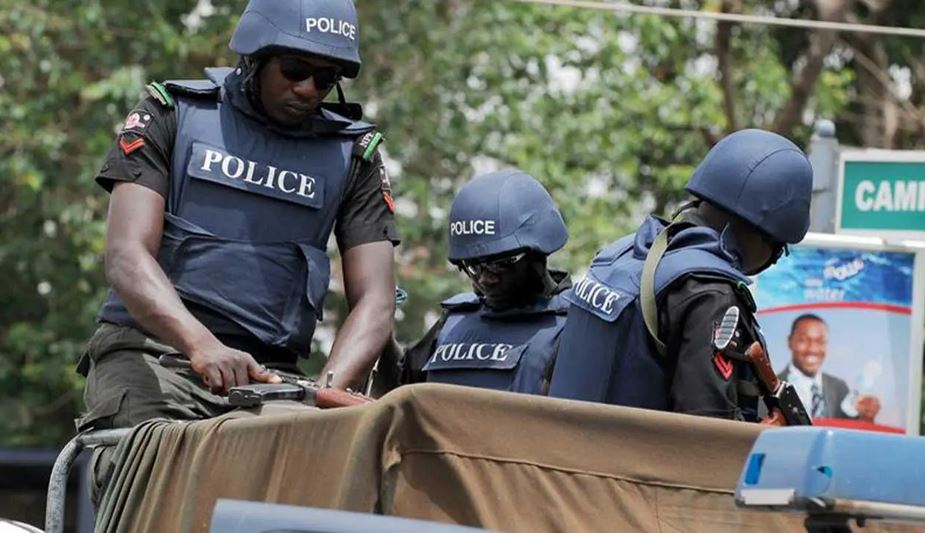

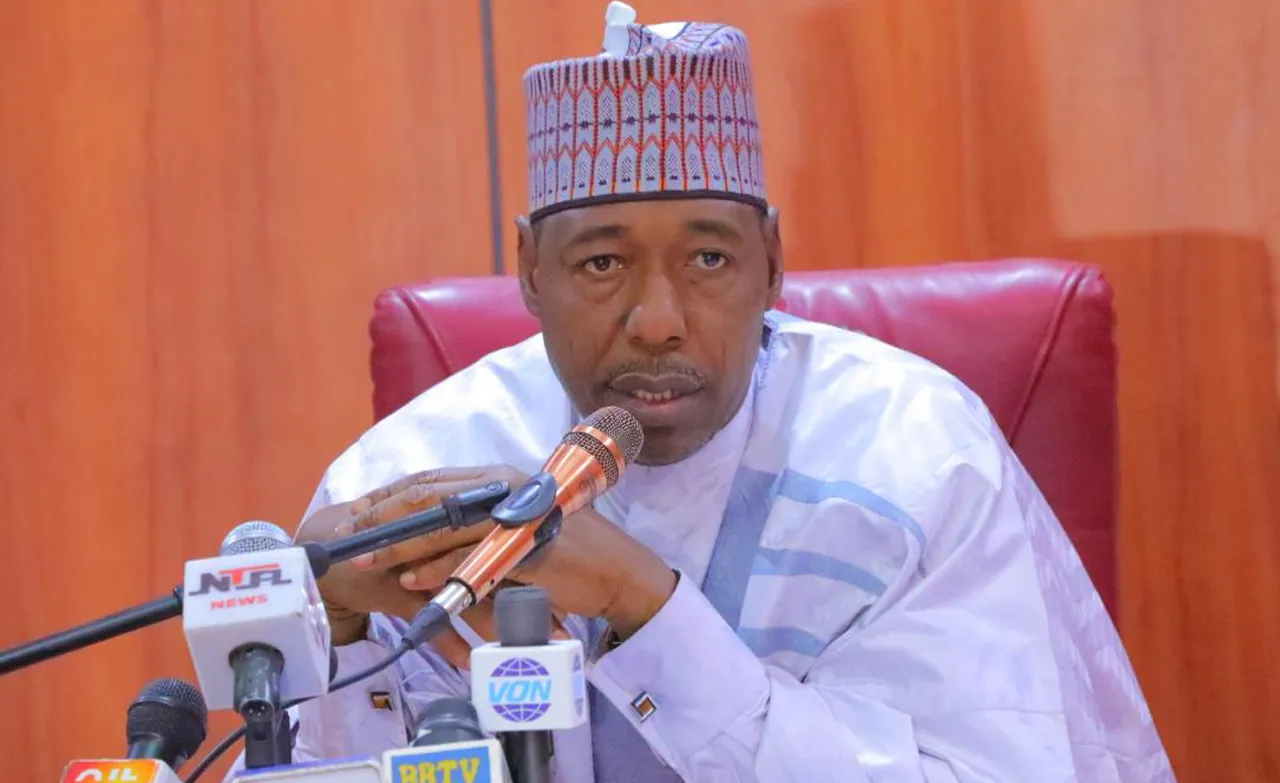
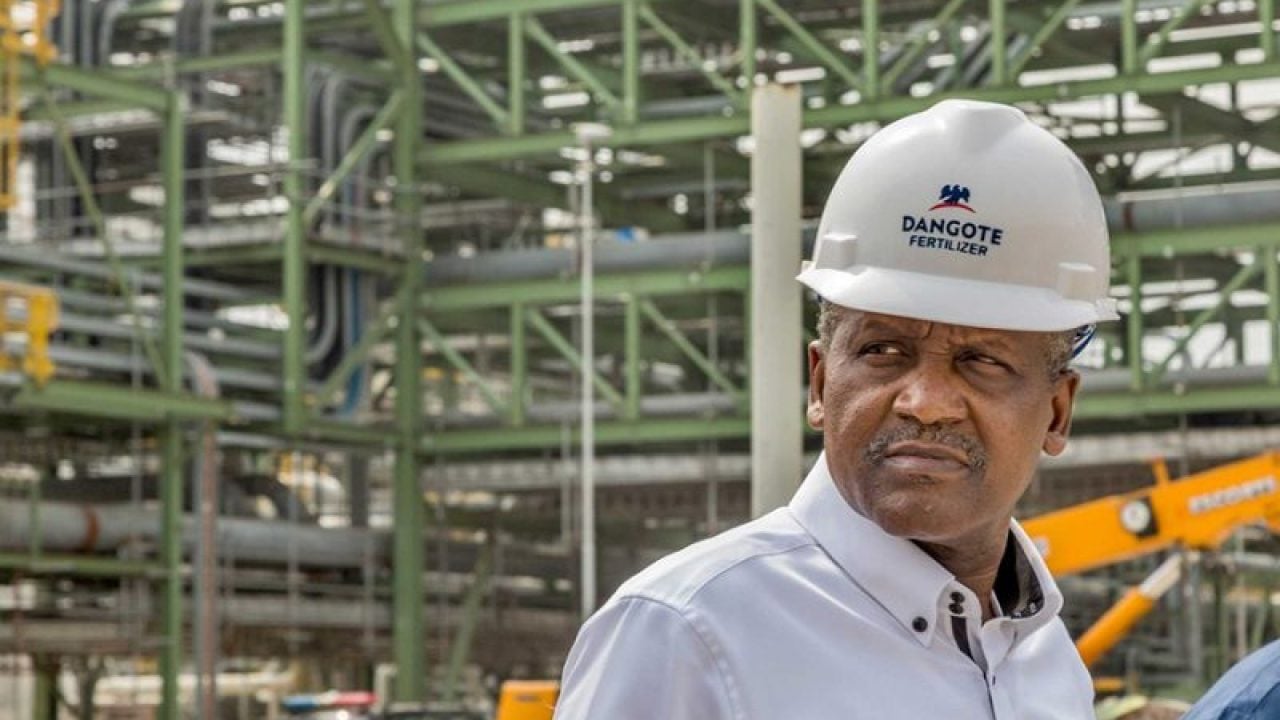
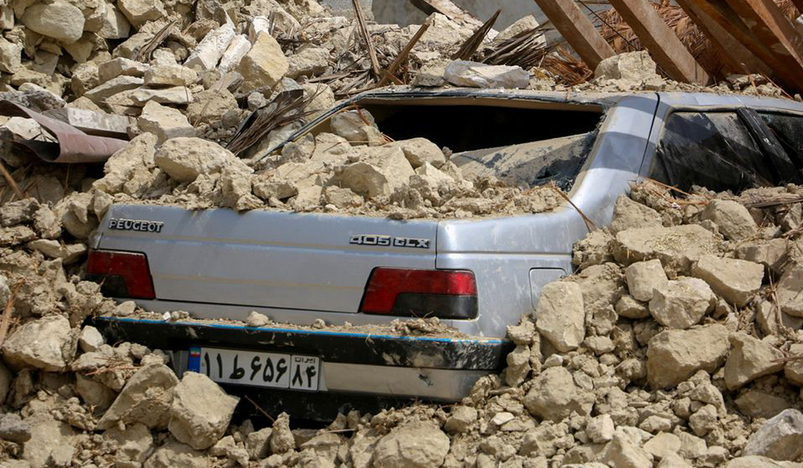




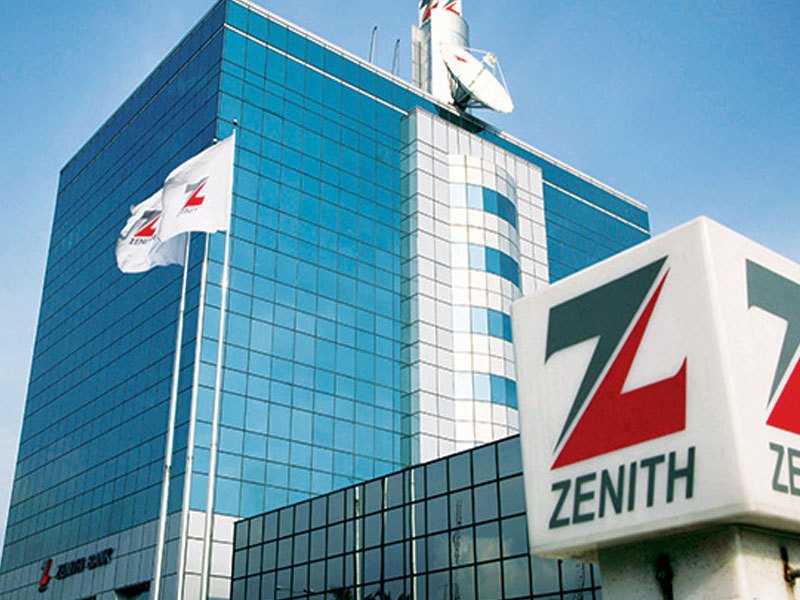

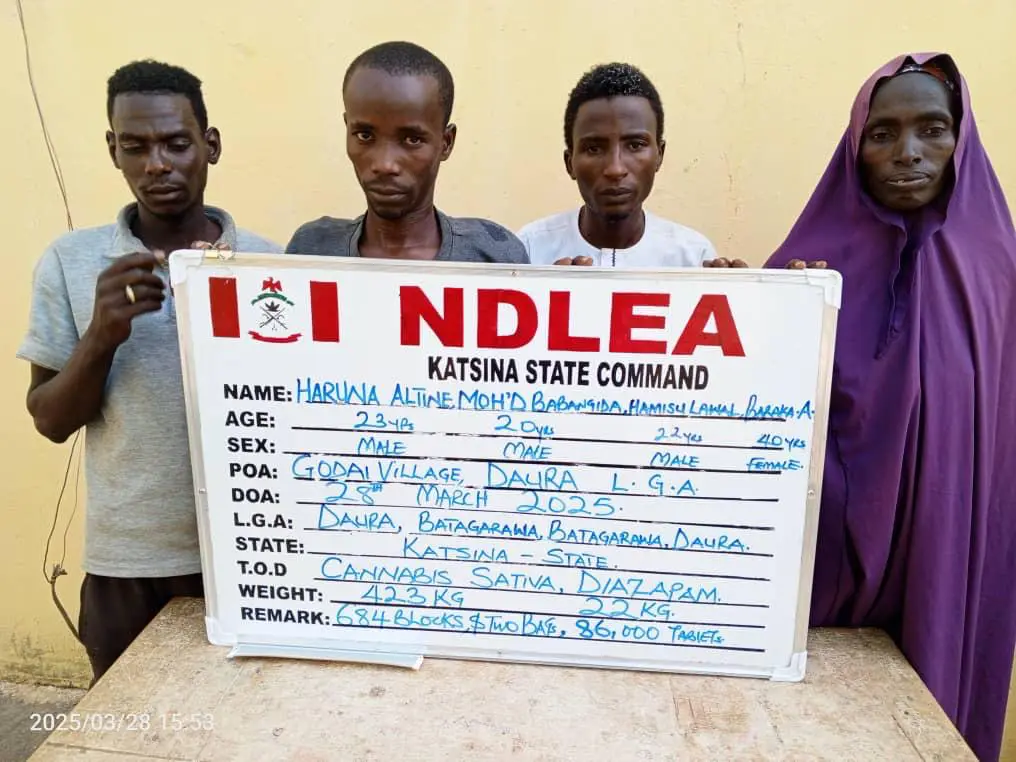


Got a Questions?
Find us on Socials or Contact us and we’ll get back to you as soon as possible.